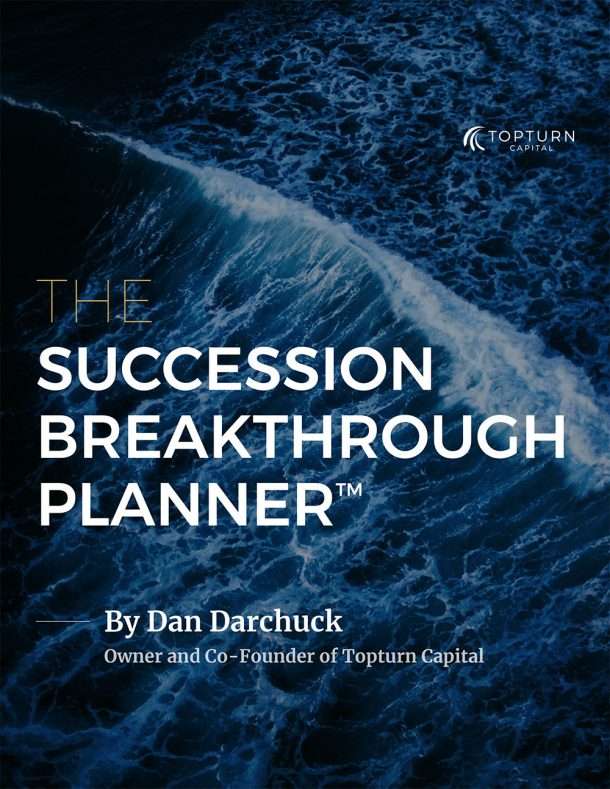Recently, my business partner Dan Darchuck and I had the opportunity to take a 2019 Dodge Challenger RT out for a spin during a trip into San Francisco. It’s an incredibly powerful muscle car, and I spent some time testing its capabilities.
For research purposes, of course.
Pushing a car to its limits is exhilarating, and if you’re lucky you can get a lot of performance out of it. In the markets, we didn’t know what kind of car we were going to get in 2019. Would it be like my reliable Camry, or more like the Ford Pinto, a car that arguably looked OK, and was affordable, but was eventually proven to explode on impact?
Then 2019 came in like the Challenger, just as unexpected in the markets as the old/new muscle car was when it was reintroduced in 2008 – and just as powerful.
The markets started with an upwards bounce after a rough fourth quarter, and after indicators signaled the potential bottom of the cyclical bear market. Headwinds included corporate earnings, trade discussions, and rocky global economics. U.S. GDP, interest rates, valuations, tax cuts, and the presidential cycle were all showing up as tailwinds. But where was 2019 really going? I was feeling pretty cautious in January, as I looked at the year ahead.
At this point I’m glad that our investment strategies are based on quantitative models, and not my thoughts and feelings. All the assumptions in the world mean nothing if the market keeps grinding upwards, as it has throughout 2019, and over-valuation doesn’t mean a whole lot … until it does.
Dashboard Lights
Topturn Capital’s clients have enjoyed fantastic performance so far this year, but what’s interesting is that the average person does not seem to have participated to the same degree.
Recent data shows that outflows from ETFs and mutual funds in the last quarter of 2018 were unusually high, with fear driving investment decisions. While some money flowed back in around March and April, coinciding with retirement and profit sharing plan contributions, there’s certainly a lot of money still sitting on the sidelines.
The same data also shows that most of the money that flew out the door at the end of 2018 has not returned. The volatility was probably pretty scary, and paying down debt, rather than investing, likely felt like it made a lot more sense.
But if money has been flowing out of the markets, what has been driving prices higher?
Thanks to positive corporate earnings and a hefty 2017 tax cut, companies are flush with cash. They are using that cash to buy back their own stock. Demand for equities increased throughout 2019, primarily through the retirement of equity by the companies that issued it – not investors, who by and large were still thinking 2019 might be a Pinto.
Gauges
You can’t blame investors for being cautious. There are so many variables involved in portfolio management. How do you really know how well you are doing, in the greater scheme of things?
If your portfolio returned double digits in one year and single digits – or even went negative – in the following year, does that mean your performance was poor? On the surface, it may look that way.
However, comparing one year to the next in your own portfolio is a narrow perspective that misses key information. This perspective doesn’t take into account the world around us, and the reality of the changes that are occurring in the economy, in business, and in the markets themselves.
Many investors and managers use indexes as a comparison, but if we are not investing in the same way as the S&P 500 or another benchmarking tool, are we getting the information we need? Indexes don’t have emergencies, a need for cash, an aversion to volatility, or the ability to make tactical decisions.
Measuring performance is a complex endeavour. If you’re going to outperform a particular index, there are going to be times when you are going to have to take positions that would put you at odds with that index. You may have to take on investments that have greater volatility, or different exposure to risk, than what sits in that index. There are going to be times when you make a different decision, that could lead you to being early to market, which may mean underperformance – at least for a short period of time.
Let’s say you get a signal to take money off the table. You sell some things, pad up your cash or buy some bonds. The market goes up 10% from there. In the short term, that looks … kind of dumb. But if the market went down 50%, you would have money to buy while everything is on sale. You will be able to control downside performance over the long haul, and won’t have to put in the time on recovery.
In order to outperform, we must be willing to take calculated risks that put us at odds with whatever the prevailing direction of the market might be. Uncommon performance comes from making uncommon decisions. In the short term, those uncommon decisions might just seem a little odd but, in the long term, they are the difference between matching an index and wildly outperforming.
Anyone who chose to invest heavily in equities during Q4 2018 is celebrating right now.
The hardest decision to make is often the right one.
Know Your Route
Topturn Capital serves a lot of successful business owners, people who have taken great personal risk and had it pay off in meaningful dollars as well as meaningful lives. While it’s nice to have a Challenger pushing your performance forward, sometimes a Camry that does what it’s supposed to do, when it’s supposed to do it, is really what you need. Huge downturns are not risks that most of the people we work with want to take.
Supporting lifestyle is often our largest concern, and that means prudent management that will protect that lifestyle for the long haul. It’s important to build a strategy based on a thoughtful process that releases your portfolio from the whims of emotion and, even though it might at times be a little more boring, the exhilaration of acceleration.
Investors leaving the markets in droves at the end of 2018 was a demonstration of emotions taking over, and exactly how to avoid participating in the high-powered returns that have arrived in 2019.
The Road Ahead
The last 9 to 12 months have brought significant surprises. Some were positive, like this last 6 months, and some were not, like Q4 2018. While lucky guesses about these time periods have likely been made, the truth is that no one knew exactly what was going to happen far in advance.
Forecasts are not strategy – they’re guesses at best and we’re lucky if they turn out well. A forecast can change rapidly, as quickly as the market itself. A mindful process allows you to adjust dynamically to what may be going on, now and into the future.
Great strategy can mean asking tough questions all the time, not just at a few key points in the year. Questions like:
-
Is this portfolio well positioned if interest rates continue to go down? Or up?
-
Are lower interest rates even possible from here?
-
Could the economy surprise us to the upside?
-
How will the next year in the presidential cycle impact the markets in the next 6 months? In the next 12? Will growing uncertainty create changes?
-
Will ongoing trade discussions start having a larger impact than they’ve had to date?
-
How will the seasonal cycles of the market impact this portfolio?
-
If stocks are still overvalued, at what point will that start to matter?
-
How long will the Tax Cuts & Jobs Act impact corporate profits? At what point will corporate buybacks start to reduce?
… and much more.
We’ve been accelerating in a Challenger for the last 6 months, but we never know when the market will switch out for Hyundai or even a rusty old Pinto. No matter where the market is right now, the winds can change at any moment, and the forecast that was can be… gone in 60 seconds.
~ Greg Stewart, CIO


